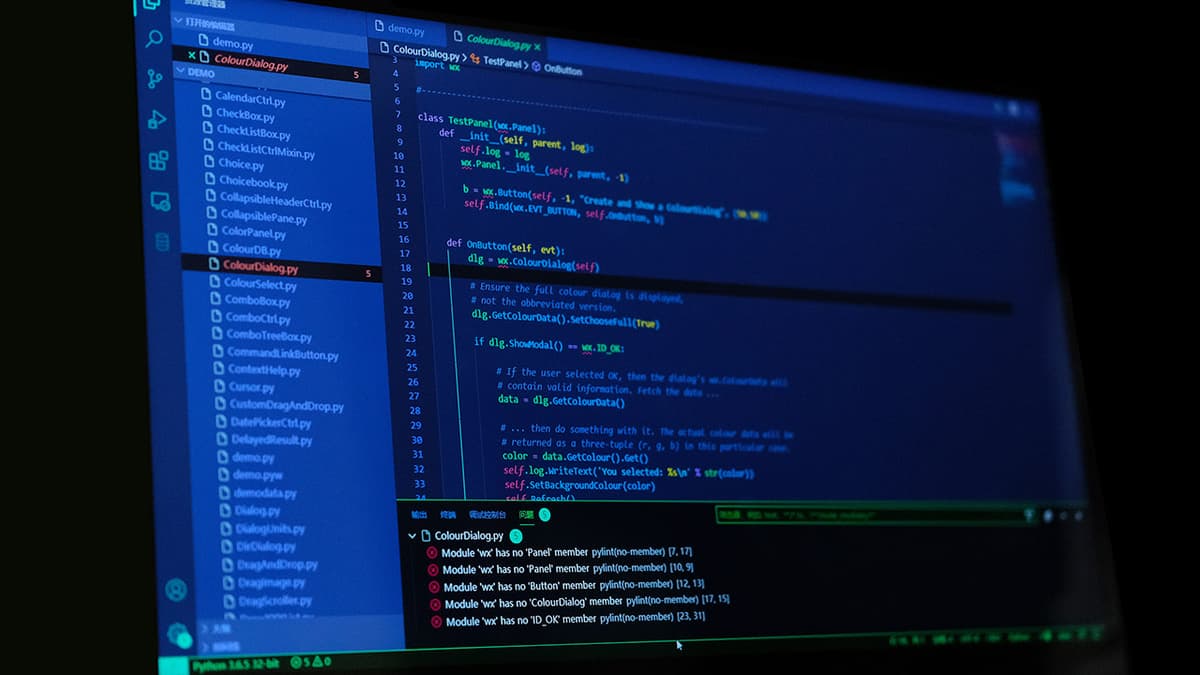How to Use PHPinfo to Understand Your PHP Configuration
Have you ever found yourself scratching your head while configuring PHP settings for your website or application? One useful tool that can help you gain insights into your PHP configuration is the phpinfo function. In this article, we will explore how you can leverage phpinfo to unravel the mysteries of your PHP environment without unnecessary complexity.
Getting Started with PHPinfo
Before we delve into how to use phpinfo, let's first understand what it actually does. When you call the phpinfo function in your PHP script and load that script in a browser, it generates a comprehensive report detailing your PHP configuration. This report includes information on PHP version, server environment, extensions, and various configuration settings.
To create a basic phpinfo report, you simply need to include the following line in your PHP script:
Php
Save this script as phpinfo.php on your web server and access it through your browser (e.g., http://yourwebsite.com/phpinfo.php). You will be greeted with a wealth of information about your PHP setup.
Navigating the PHPinfo Report
Upon loading the phpinfo report, you will be presented with a vast amount of details about your PHP configuration. The report is organized into sections, making it easier to navigate and find specific information.
PHP Version
One of the first things you will notice in the PHPinfo report is the PHP version you are using. This information is crucial, as different PHP versions may have varying features and compatibility requirements.
Server Environment
The report also provides insights into your server environment, including details such as server software, server API, and system architecture. Understanding your server environment can help you troubleshoot compatibility issues and optimize your PHP settings accordingly.
Loaded Extensions
Another valuable section of the PHPinfo report is the list of loaded extensions. Extensions expand the functionality of PHP, allowing you to interact with databases, process images, and more. By reviewing the loaded extensions in the phpinfo report, you can determine if specific extensions are available and enabled on your server.
Configuration Settings
One of the most important aspects of the phpinfo report is the detailed breakdown of PHP configuration settings. From maximum execution time to memory limit to error reporting level, these settings play a critical role in how your PHP scripts behave.
Using PHPinfo to Troubleshoot
Beyond providing a snapshot of your PHP configuration, phpinfo can be a powerful tool for troubleshooting common issues. Let's explore a few scenarios where phpinfo can come in handy:
Checking PHP Settings
If you are experiencing unexpected behavior in your PHP scripts, phpinfo can help you quickly check important PHP settings. For example, you can verify if the short_open_tag setting is enabled or determine the upload_max_filesize limit.
Inspecting Loaded Extensions
Incompatibility issues or missing functionalities in your PHP application may be caused by unloaded or misconfigured extensions. By reviewing the list of loaded extensions in the phpinfo report, you can identify any discrepancies and take corrective actions.
Verifying Server Configuration
Sometimes, server-specific configurations can impact the performance of your PHP scripts. With phpinfo, you can easily review key server parameters such as max_input_vars and post_max_size to ensure they align with your application requirements.
Best Practices for Using PHPinfo
While phpinfo is a valuable tool for understanding your PHP environment, it is essential to follow best practices to ensure security and privacy. Here are some tips to make the most out of phpinfo without compromising your system:
Limit Access to PHPinfo
To prevent unauthorized access to sensitive information, it is advisable to restrict access to the phpinfo report. You can accomplish this by placing the phpinfo.php script in a directory with restricted permissions or using authentication mechanisms to control access.
Remove PHPinfo After Use
Once you have obtained the necessary information from the phpinfo report, it is recommended to remove or disable the phpinfo.php script from your server. Leaving phpinfo accessible can expose details about your PHP configuration to potential security threats.
Use PHPinfo Locally
While phpinfo can be a valuable asset in understanding your PHP configuration, avoid using it on production servers unless necessary. Instead, consider setting up a local development environment where you can freely utilize phpinfo without risks associated with public exposure.
phpinfo is a versatile tool that empowers you to gain deep insights into your PHP environment effortlessly. By leveraging the information presented in the phpinfo report, you can fine-tune your PHP settings, troubleshoot issues, and ensure optimal performance for your web applications. Remember to approach phpinfo with caution, adhere to best practices, and use it wisely to unlock the full potential of your PHP configuration.
The next time you find yourself puzzled by your PHP setup, turn to phpinfo for clarity and guidance. Happy exploring!












